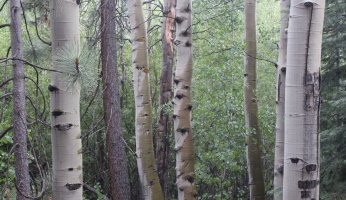10 Fall Edibles Around The Gulf Coast
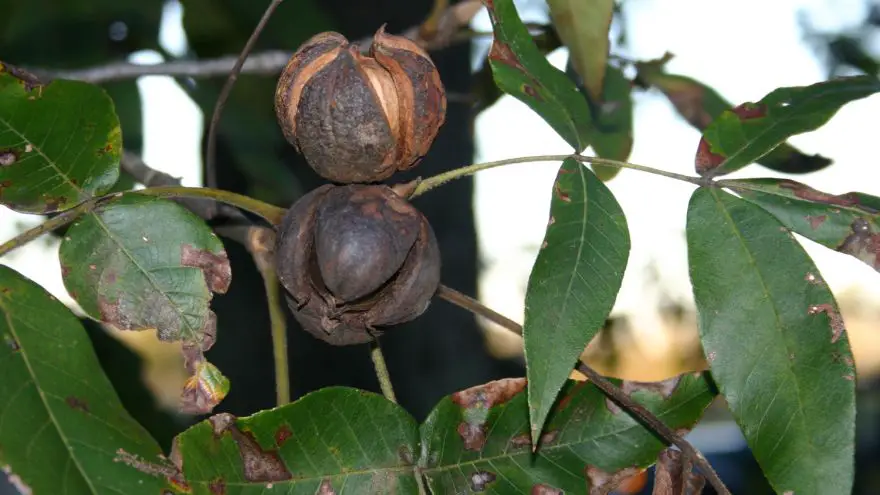 10 Fall Edibles Around The Gulf Coast
gearweare.net
10 Fall Edibles Around The Gulf Coast
gearweare.net
The warm, humid temperatures of the Gulf Coast allow different varieties of wild native plants to grow in undisturbed areas. Most of the plants flourish well year-round. There are hundreds of wild plants along the Gulf Coast that can either be eaten raw or cooked. Here are 10 edible wild plants you are likely to come across that make an excellent addition to your foraging repertoire.
Table of Contents
Black Walnuts
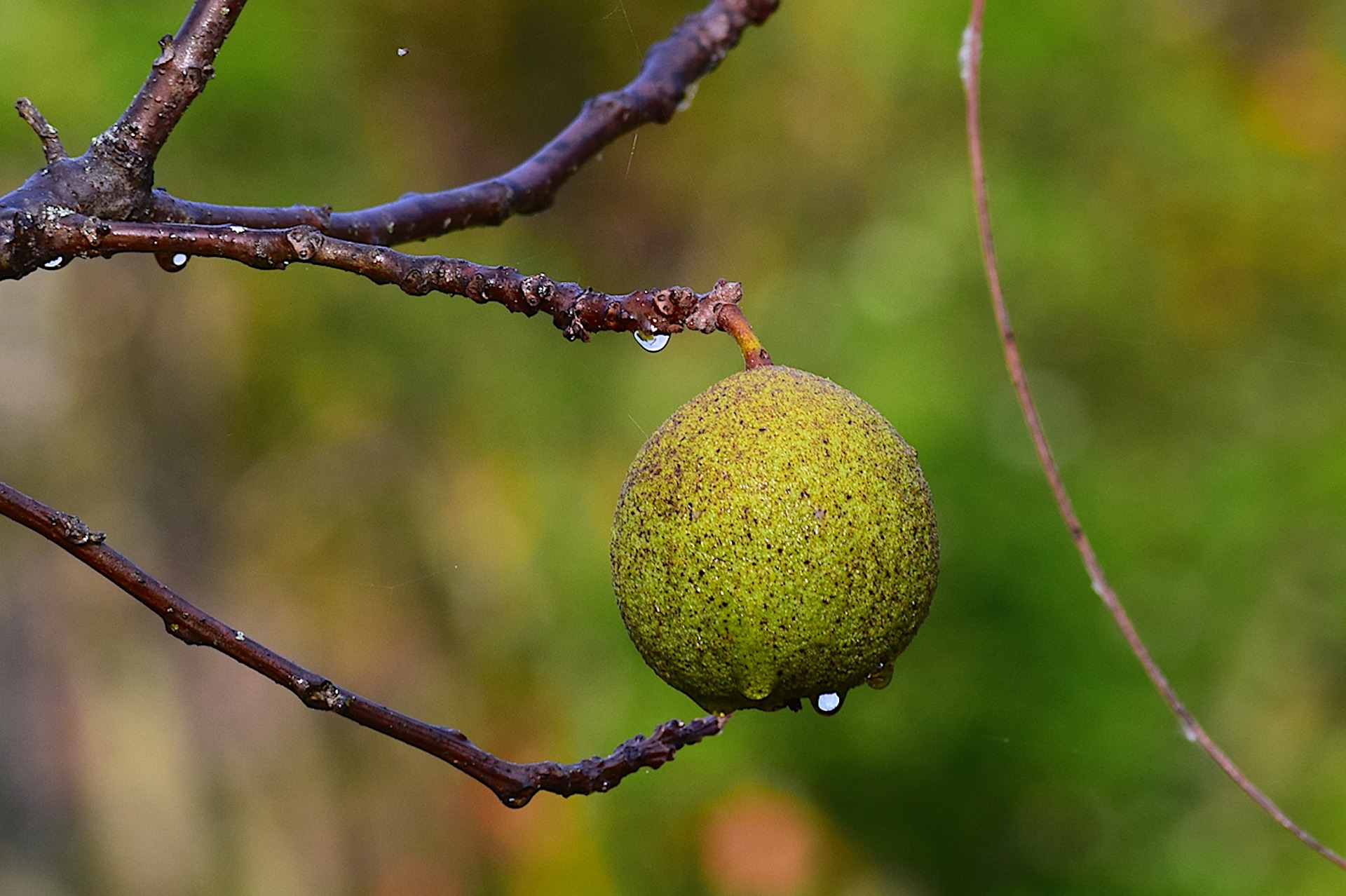
The trees of black walnuts grow in small groups or as scattered individuals throughout northern Florida west to central Texas. Their trunks are tall and clear with deeply furrowed gray-black bark with most parts of the tree having a slightly spicy aroma. The actual nuts, however, do not possess this feature.
The nuts are small and hard. They ripen in autumn, and fall from the tree in throughout October. Black walnuts are edible and, more importantly delicious, so you will want to try them out while hiking the wild Gulf Coast.
Persimmons
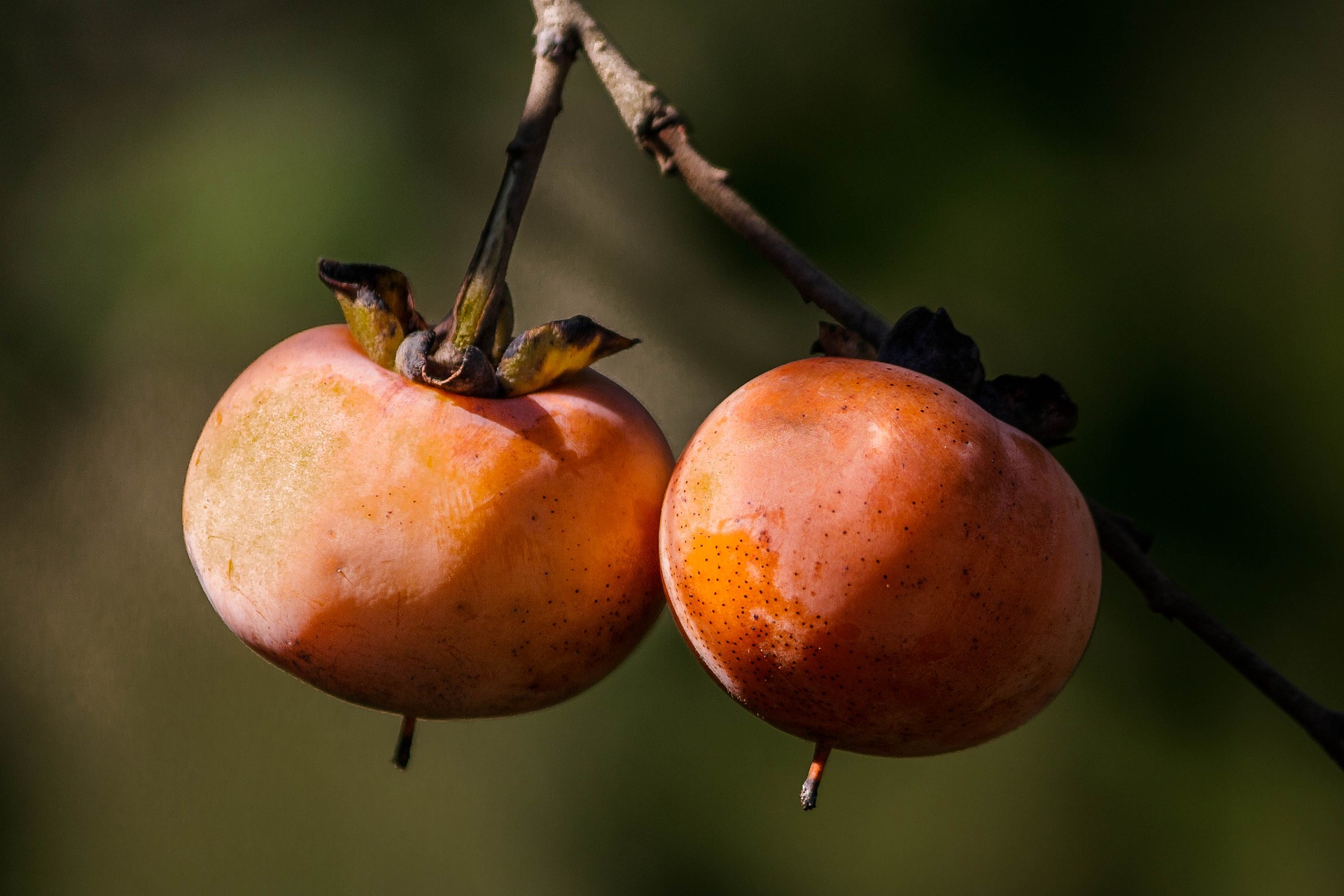
American persimmon trees thrive well in Texas, Louisiana, and Florida. It grows as a wild tree with edible orange-yellow fruits that contain 32 calories each. The tree’s bark is a unique thick gray-black structure with blocky squares about one and a half inches. The leaves have an elliptical shape, and are dark green on top with a light green underside. The fruits ripen in autumn and have a cocktail taste of apricot, plum, and date.
Red Mulberry
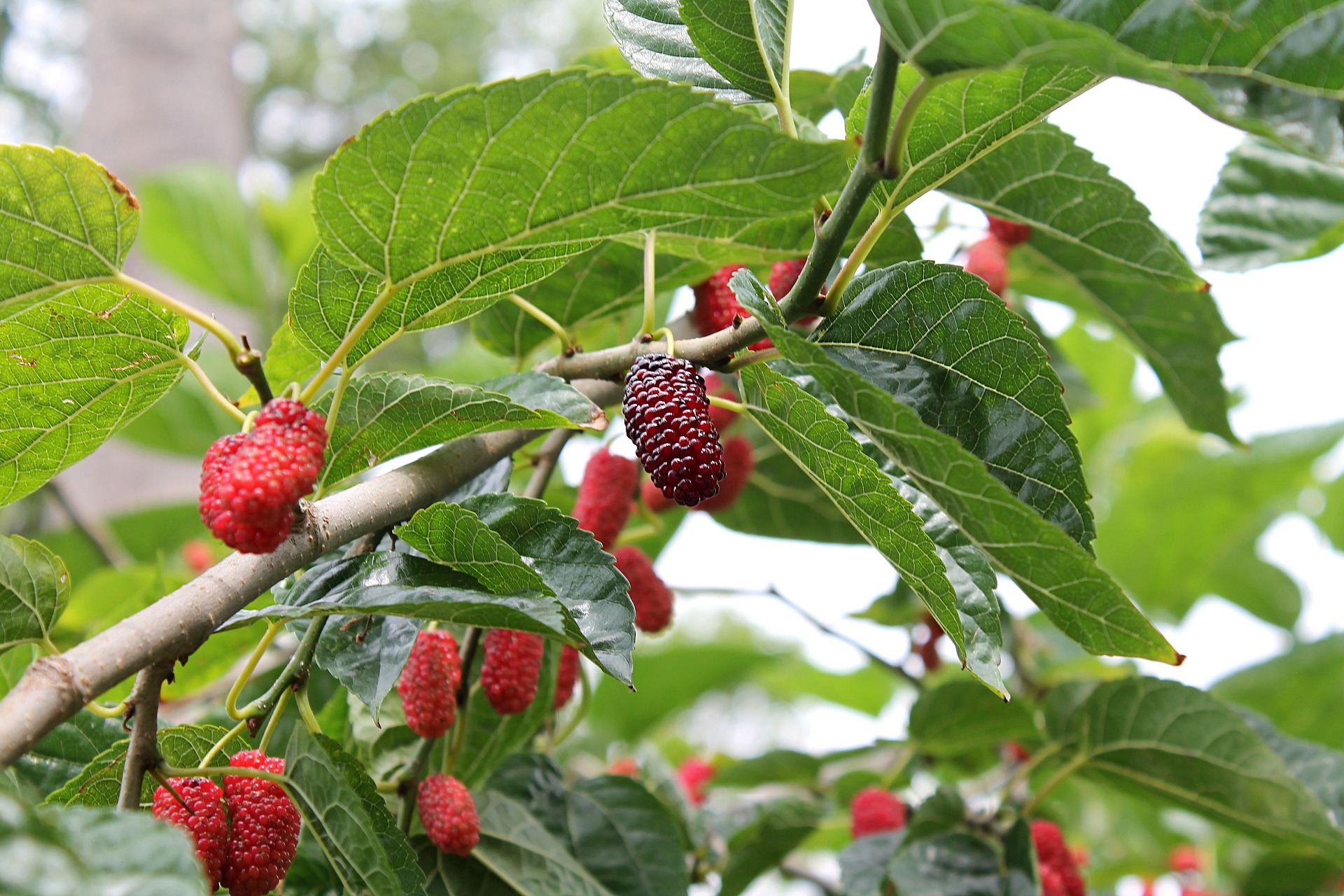
The red mulberry is native to the Gulf Coast especially in southern Florida and central Texas. It is a deciduous tree with a maximum height of 15m and has a trunk that is 50cm in diameter. It has alternate leaves that are broad and have a shallow notch at the base. The tree has drooping branches with milky sap. The mulberry fruit ripens in autumn turning a dark purple hue. The best way to eat these fruits is fresh from the tree when they become fully ripe and very juicy. Most people prefer to enjoy mulberries as a wine or pie. Either way, you will never go hungry in the wilds of the Gulf Coast.
Hickory Nuts
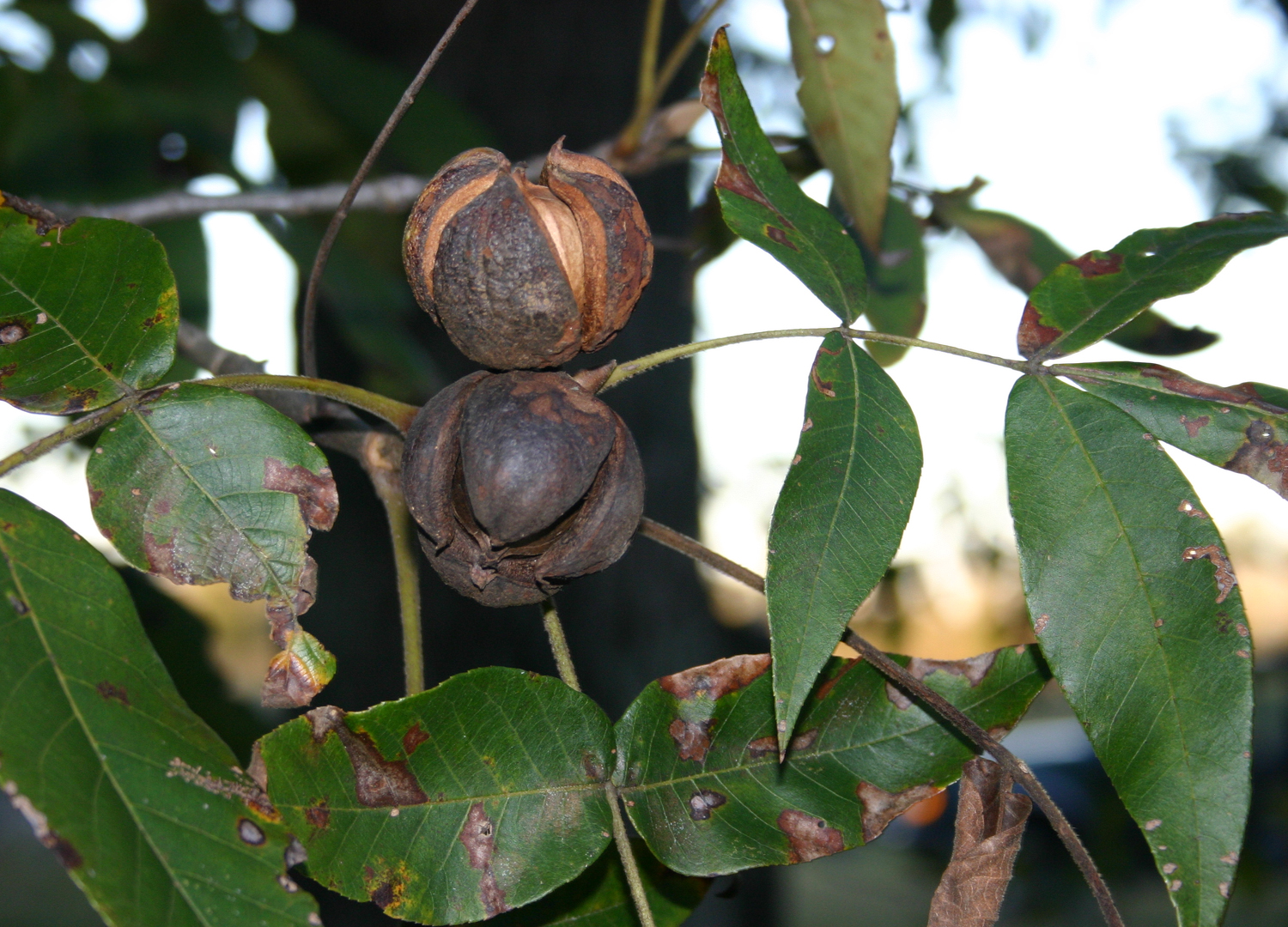
Hickory nuts grow on a canopy tree that is native to the Gulf Coast especially parts of the Gulf of Mexico. The tree is deciduous and has pinnately compound leaves and big nuts. The flowers of the hickory tree are yellow-green while the fruit is the oval nut enclosed in a husk which splits open when mature. The nuts have a distinctive taste and texture. When cooked over hickory woods, they give out a hickory-smoked flavor.
Chickweed
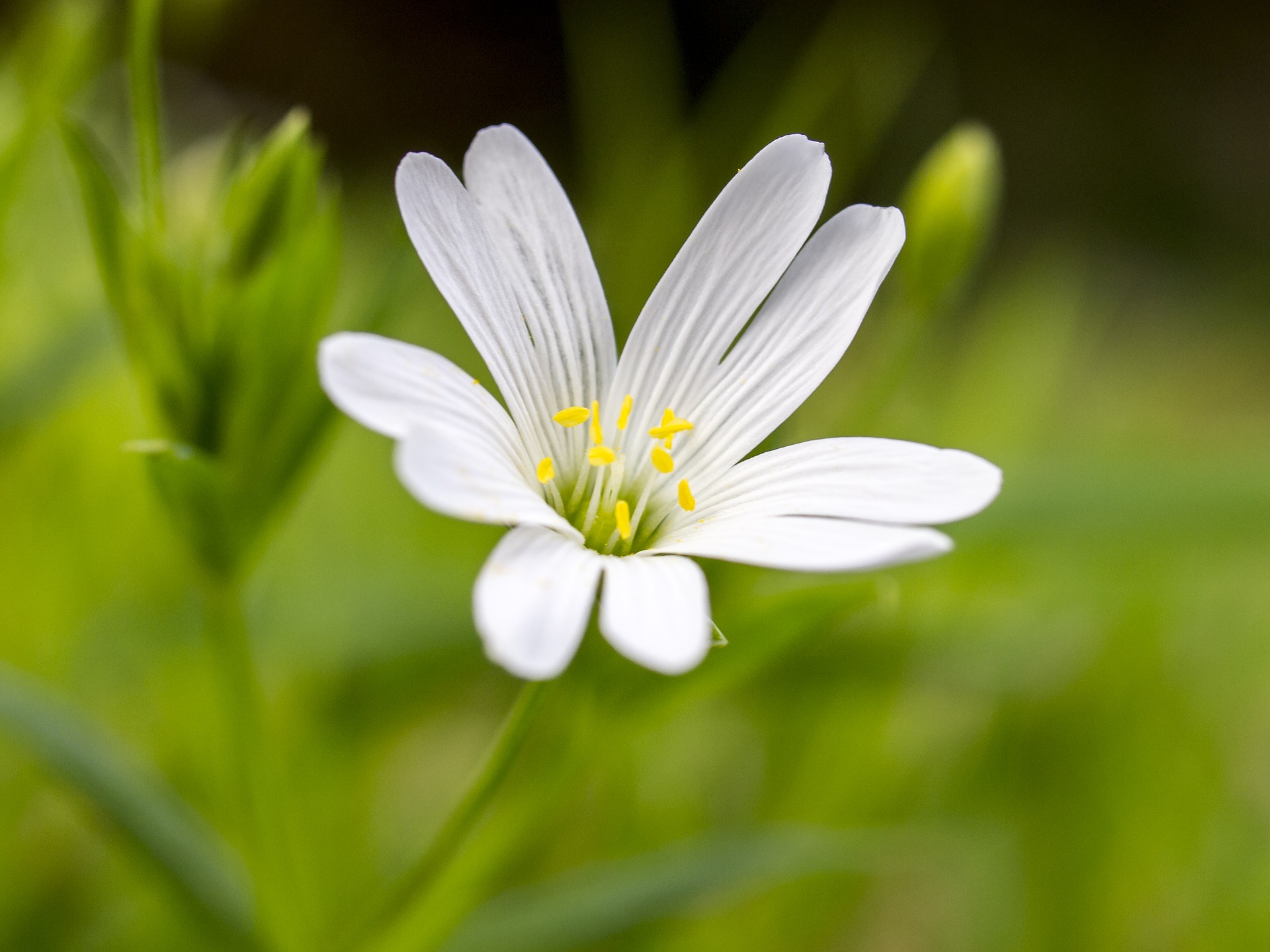
To distinguish this wild plant, most people call it common chickweed. It is a cool-season plant that grows annually in parts of the Gulf Coast. It germinates in autumn and forms large mats of foliage. The chickweed plant is multifunctional and has numerous health benefits.
The plant has small white star-shaped flowers, oval leaves with pointed tips, and grows to a height of 50cm. The leaves of this plant are edible and can be added raw to your salad or sandwich. If you consider using it in a cooked dish, you can equally add the flowers and stems for an enriching, healthy meal.
Amaranth

Another edible wild plant found in parts of the Gulf Coast is the amaranth, or commonly called pigweed. The flowers bloom from late spring to autumn. The plant grows well in moist places, swamps, marshes or disturbed habitats to a height of up to 1.5m. Though not widely known, it is edible and has a lot of health benefits. The tall and erect stem is the plant’s distinctive feature which has a thick and smooth lower part and a rough upper with dense short hair. Young leaves of amaranth can either be cooked or eaten raw. The leaves can equally be dried and used to make tea.
Dollarweed

Dollarweed thrives in wet and sandy habitat. It is a wild aquatic plant that is edible and can be used in salads. The plant is native to the Gulf Coast but it can also be found growing as a noxious weed in other parts of the continent. It is best to pick and only cook the youngest parts of the dollarweed lest it taste bitter. It is easy to prepare, so if you find yourself in the wild you can look for this potherb to eat.
Oxalis

Oxalis is an annual plant that thrives well in Alabama. It is found in bunches along the edges of wooded areas. Most people consider it as an invasive weed, but both the leaves and flowers of the oxalis plant are edible. This wild plant has a sour flavor similar to lemon.
Flowers of oxalis have five petals fused at the base. The color of the petal varies from white to pink. You can add the fresh flowers and leaves to salads. Besides, you might consider using these fresh flowers to add flavor to soups, fish, or beans.
Consuming oxalis while raw might affect your health due to the presence of oxalic acid that can cause kidney damage. It is therefore important to cook this plant to reduce acid content before consumption.
Purslane
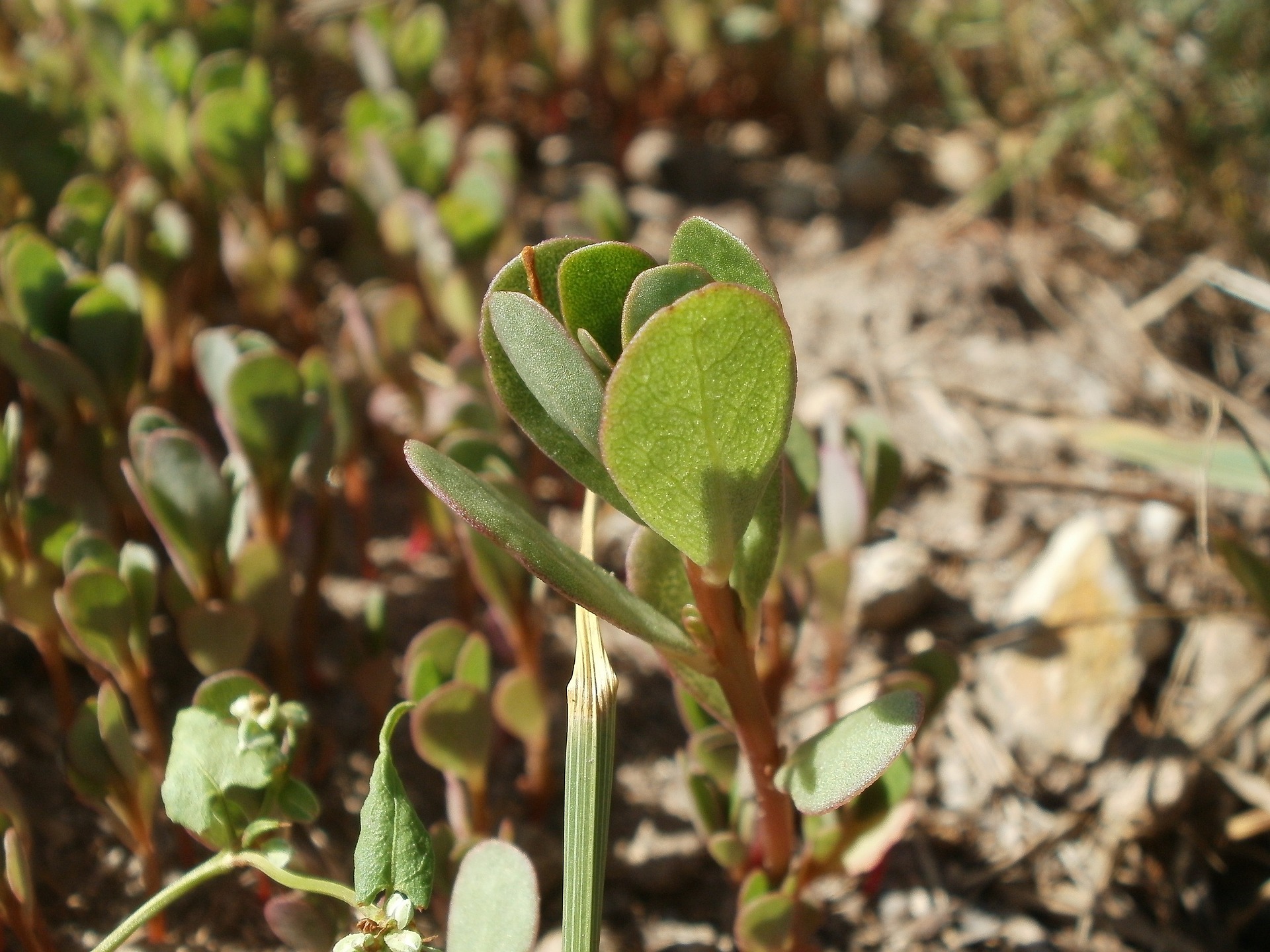
Purslane is an edible wild plant found in most parts of the Gulf Coast. It is an annual succulent plant that grows to a height of 40cm. Most regions consider it as an introduced weed, but this wild plant is edible. The plant has a smooth reddish stem, alternate leaves, and yellow flowers. It has a salty, sour taste and is eaten as a leaf vegetable.
Beautyberry
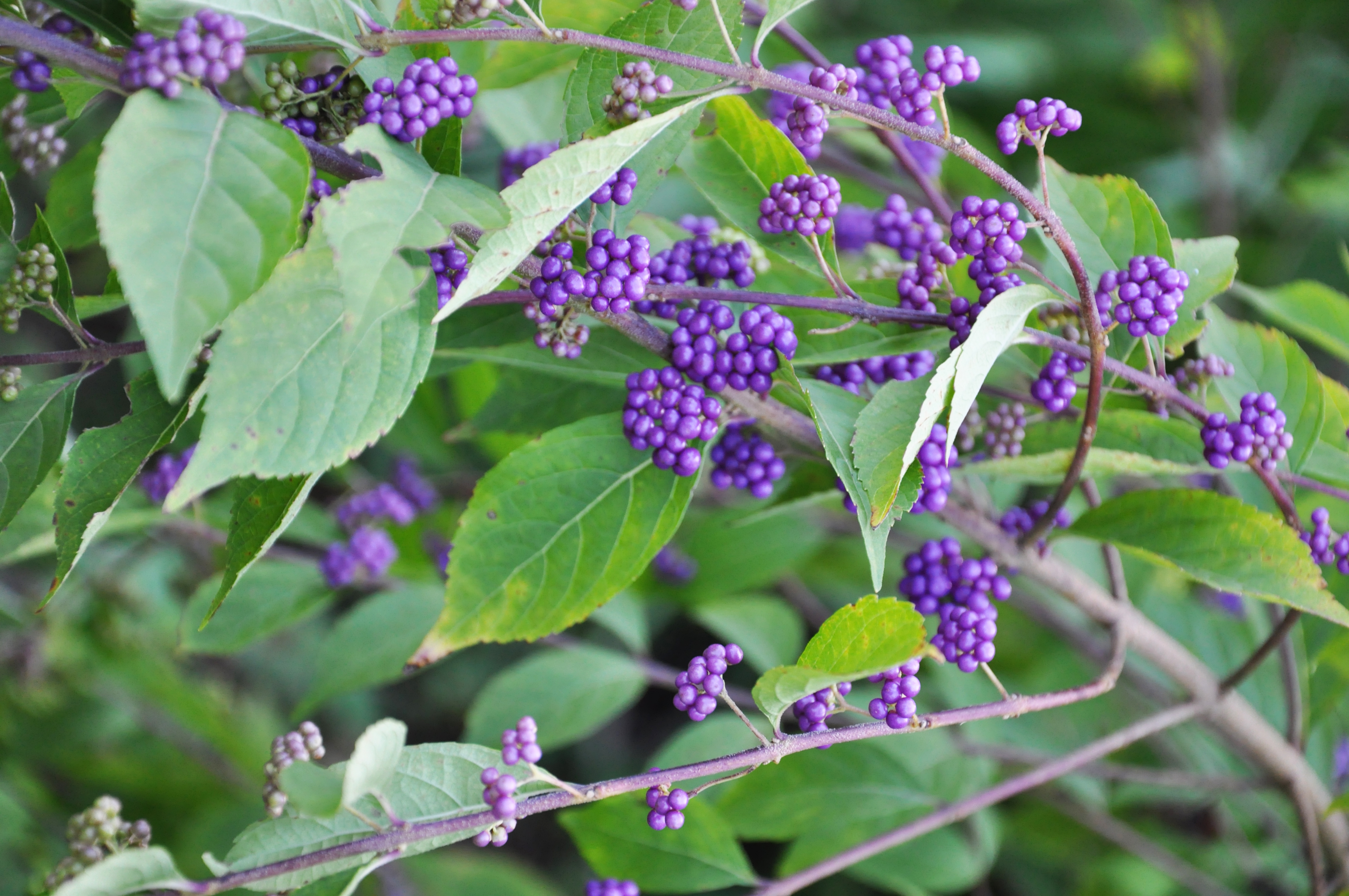
The Gulf Coast has many wild berries that are edible including the beautyberry. It is a native shrub of the Gulf Coast growing in parts of Florida and Texas. The berries ripen in autumn and can be used in preserves like jellies. You can look out for these sweet berries and taste them if you get the chance to explore the beautiful landscapes of the Gulf Coast.
Conclusion
Most edible plants listed above have cousins that look alike but are dangerous when ingested. It is important to familiarize yourself with the flora of the Gulf Coast before setting out on a foraging expedition in order to prevent any negative side effects from a fun day out. Should you find yourself in the wild during the autumn season look out for these wild edible plants and others such as Cabbage Palm.






